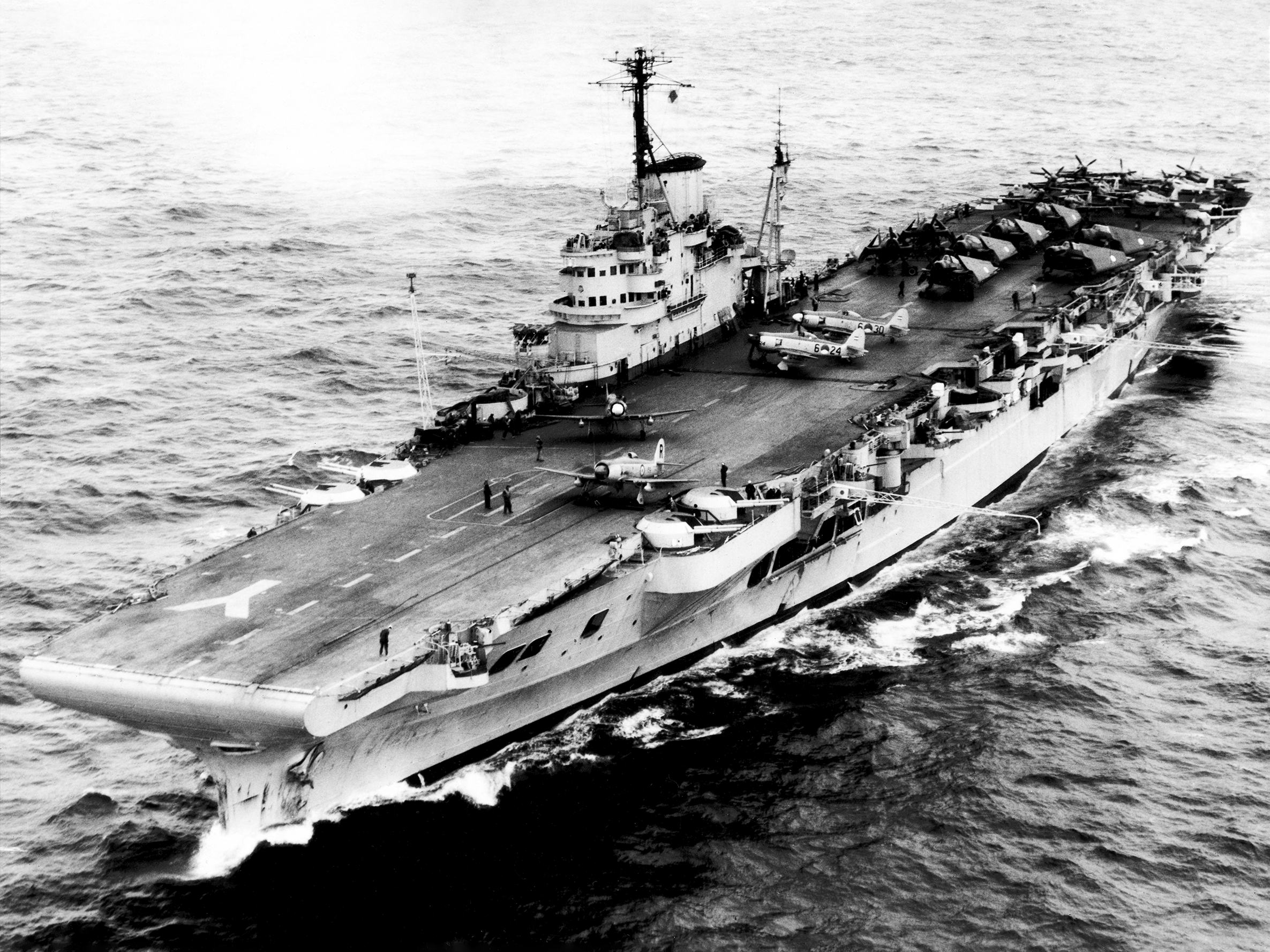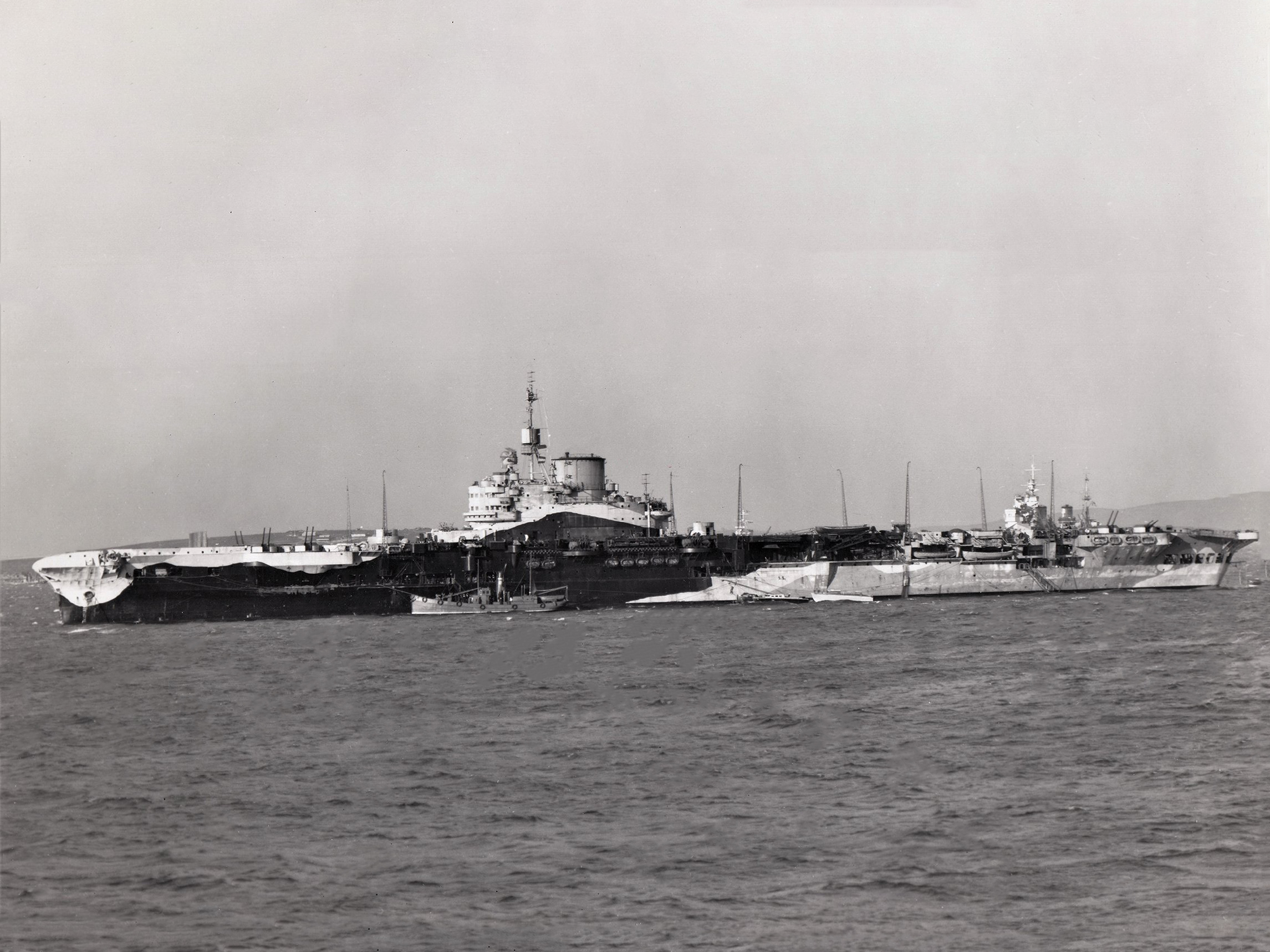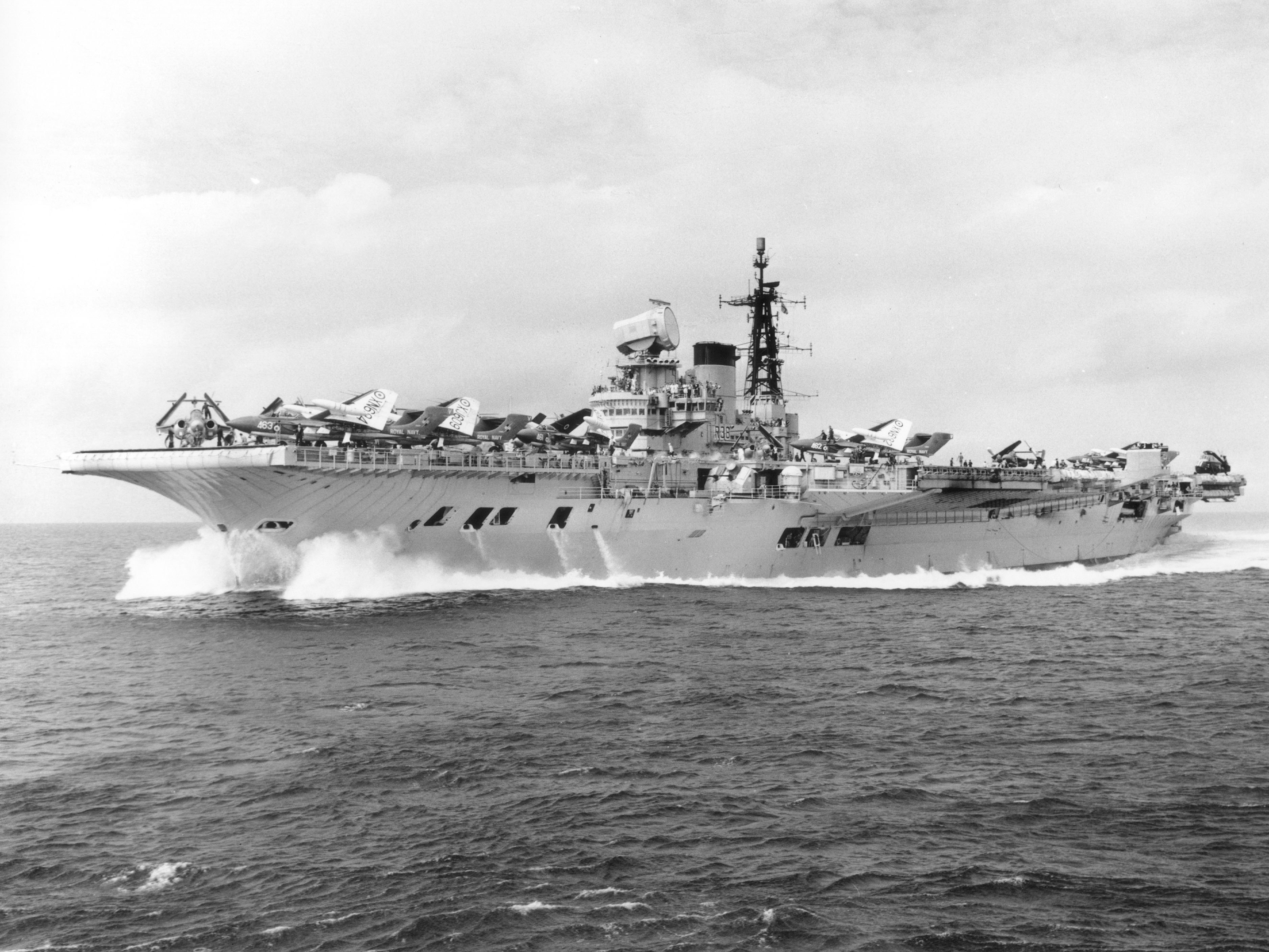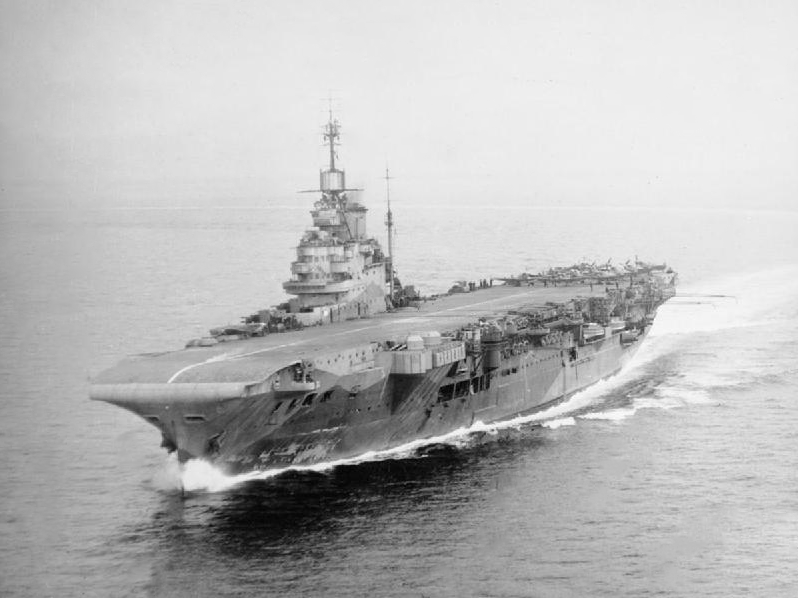Royal Navy Illustrious Class Aircraft Carriers: A Comprehensive Guide
Introduction
The Illustrious class aircraft carriers formed the backbone of the Royal Navy’s carrier force during the Second World War. Built with armoured flight decks to withstand heavy punishment, they were a direct response to lessons learned from early carrier operations. Designed to operate in the contested waters of Europe and beyond, these carriers combined resilience with striking power, and their influence extended well beyond their wartime service. This guide explores their origins, design, individual ships, service history and legacy.
Origins and Design Development
By the late 1930s, the Admiralty recognised that aircraft carriers were vulnerable to air attack. Unlike earlier designs, the Illustrious class introduced the concept of the armoured flight deck, a radical step that prioritised protection over aircraft capacity. While American and Japanese carriers focused on large air groups, the Royal Navy designed carriers that could survive sustained bombing.
Displacing around 23,000 tons standard and over 28,000 tons fully loaded, the Illustrious class measured approximately 740 feet in length. They were powered by steam turbines capable of speeds up to 30 knots, allowing them to keep pace with the fleet. The armoured flight deck and hangar protected vital spaces but limited the number of aircraft carried. Initially, the class could embark around 36 aircraft, fewer than American counterparts, but this was considered an acceptable trade-off for survivability.
Ships of the Class
Four ships of the Illustrious class were completed:
HMS Indomitable (R92)
A fifth, HMS Implacable, was modified and completed as part of a follow-on design, often grouped with the class but formally treated as the lead of a related subclass.
HMS Illustrious (R87)
Laid down in 1937 and commissioned in 1940, HMS Illustrious became the namesake of the class. She saw immediate action in the Mediterranean, where her armoured deck proved invaluable. In January 1941, she sustained heavy damage from German dive-bombers while escorting convoys to Malta but survived and returned to service.
Later, Illustrious operated in the Indian Ocean and Pacific, contributing to strikes against Japanese positions. After the war, she was used as a training carrier until being paid off in 1954.
HMS Formidable (R67)
Commissioned in late 1940, HMS Formidable was involved in the Mediterranean theatre, including the Battle of Cape Matapan. She was repeatedly damaged by enemy air attacks yet remained operational thanks to her armoured design.
During 1944, she supported Allied landings in Normandy and later took part in the Pacific campaign. Formidable was paid off in 1953 after more than a decade of distinguished service.
HMS Victorious (R38)
Perhaps the most famous of the class, HMS Victorious was commissioned in 1941 and participated in the hunt for the German battleship Bismarck. Her aircraft struck the battleship during its attempted breakout, playing a pivotal role in its eventual sinking.
Victorious later served in Arctic convoys, the Mediterranean and the Pacific. After the war, she was extensively modernised, receiving an angled flight deck, steam catapults and mirror landing systems. She re-entered service in the 1950s as one of the most modern carriers of her time, operating jets such as the Sea Vixen and Buccaneer. She remained in commission until 1968.
HMS Indomitable (R92)
HMS Indomitable, commissioned in 1941, was designed with an enlarged hangar, allowing her to carry more aircraft than her sisters. She served in the Mediterranean and Indian Ocean before joining the British Pacific Fleet in 1944.
Indomitable participated in operations against Japanese home islands and supported the Allied advance across the Pacific. Post-war, she was placed in reserve and scrapped in 1955.
Technical Features
The Illustrious class introduced features that became defining elements of Royal Navy carrier design:
Displacement: Around 23,000 tons standard, up to 28,000 tons full load.
Length: Approximately 740 feet.
Speed: Up to 30 knots with steam turbine propulsion.
Flight Deck: Fully armoured, offering significant protection against bombs.
Aircraft Capacity: Initially around 36 aircraft, later expanded with design improvements.
Armament: Anti-aircraft weaponry including 4.5-inch guns and smaller rapid-fire mounts, reflecting the need for self-defence.
While their armoured decks reduced hangar space, they greatly enhanced survivability, a trade-off validated in combat.
Operational Service and Legacy
The Illustrious class carriers served in every major theatre of the Second World War. They were central to convoy protection in the Mediterranean, Arctic operations supplying the Soviet Union, and strikes in the Pacific alongside the United States Navy.
Their resilience in the face of heavy air attack validated the Royal Navy’s design philosophy. HMS Illustrious and HMS Formidable survived repeated direct hits that might have sunk less protected carriers.
Post-war, Victorious in particular demonstrated the adaptability of the design. Her modernisation allowed her to remain relevant in the jet age, showing how solid foundations could be updated for new technologies.
The class set the standard for future British carriers and influenced carrier design worldwide. Their operational record proved the value of armoured decks, a feature later adopted in modified form by other navies.
Conclusion
The Illustrious class aircraft carriers embodied the Royal Navy’s determination to field ships that could not only project power but also withstand severe punishment. Their armoured flight decks saved them from destruction on multiple occasions and set them apart from their contemporaries. From the sinking of the Bismarck to the Pacific campaigns and post-war jet operations, the Illustrious class shaped naval aviation in Britain and influenced carrier design for decades.





